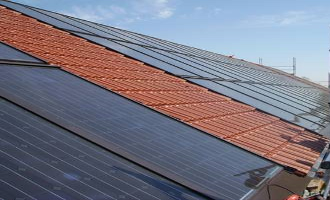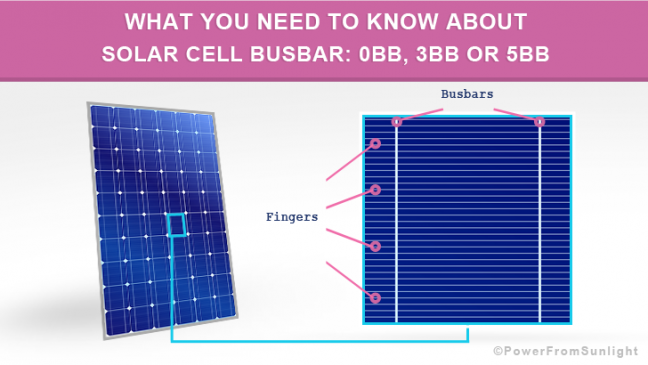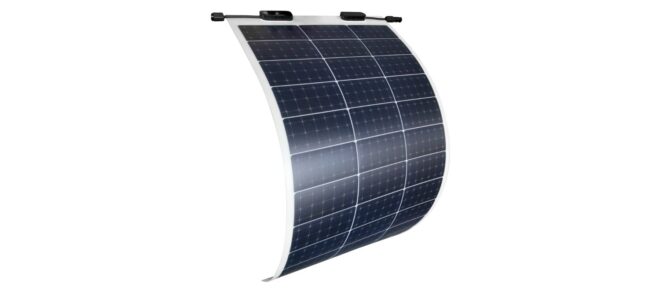
Thin-film solar cells, also known as thin-film photovoltaic cells, are a type of solar cell that is made by depositing one or more thin layers of photovoltaic material onto a substrate. Thin film solar cells have several advantages and disadvantages compared to traditional crystalline silicon solar cells.
Advantages of thin film solar cells:
- They are lightweight and flexible, which makes them easier to install and more suitable for use in a variety of applications, such as on rooftops, walls, or even on portable devices.
- They can be produced using a variety of materials, such as amorphous silicon, cadmium telluride, and copper indium gallium selenide, which allows for the production of solar cells with different spectral responses and efficiencies.
- They are less expensive to produce than crystalline silicon solar cells, which makes them more attractive for large-scale solar projects and for use in developing countries.
- They have a lower carbon footprint, as they require less energy to produce and generate less waste during the manufacturing process.
Disadvantages of thin film solar cells:
- They have lower efficiency compared to crystalline silicon solar cells, which means they require more surface area to generate the same amount of electricity.
- They are more susceptible to degradation due to their thin layers of photovoltaic material, which can be damaged by heat, moisture, and UV radiation.
- They may have a shorter lifespan compared to crystalline silicon solar cells, which can reduce their overall cost-effectiveness.
- They may have lower reliability and durability compared to crystalline silicon solar cells, which could lead to higher maintenance and repair costs.
Overall, thin film solar cells offer several advantages, including lower cost and a lower carbon footprint, but they also have some disadvantages, such as lower efficiency and shorter lifespan. Whether thin film solar cells are the best choice for a particular application will depend on the specific requirements and constraints of the project.





